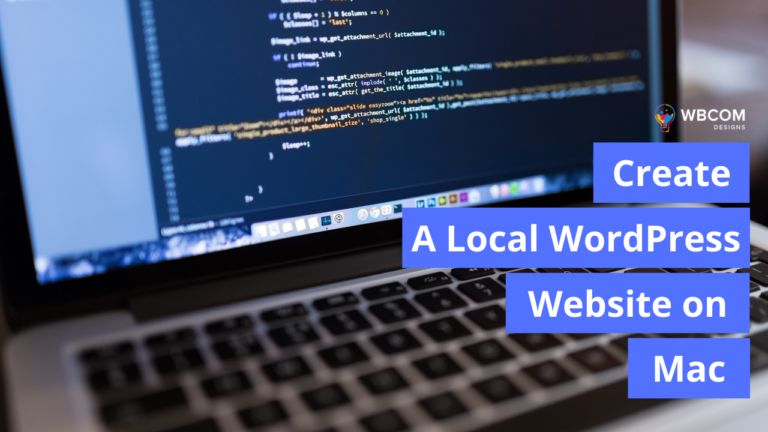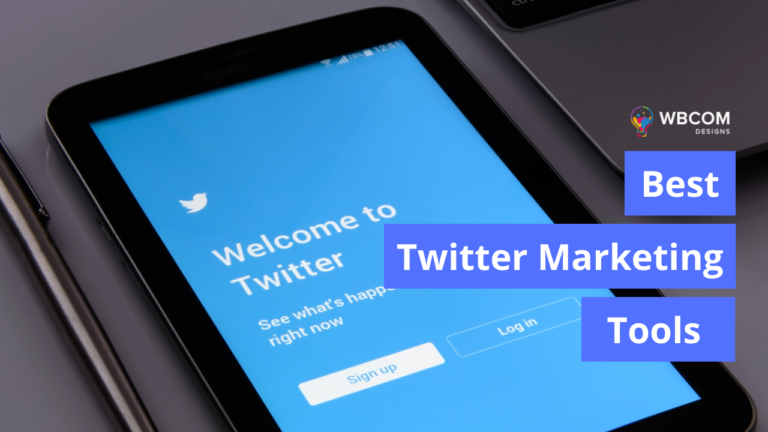What is an Insight Community? As technology continues to evolve, insight communities are expected to integrate with emerging platforms and leverage advancements in artificial intelligence and machine learning. Additionally, changing expectations and behaviors of community members, as well as industry-specific trends, will shape the future landscape of insight communities. Overall, insight communities play a vital role in fostering collaboration and harnessing collective intelligence for organizations seeking to stay attuned to the needs and preferences of their audience.
Table of Contents
ToggleDefinition of an Insight Community
An insight community is a specialized group or platform designed to gather and leverage the collective intelligence, opinions, and feedback of a targeted audience for the purpose of generating valuable insights. This community typically consists of engaged members who share common interests, experiences, or affiliations and actively participate in discussions, surveys, and other collaborative activities. The primary goal of an insight community is to facilitate a continuous and meaningful dialogue between organizations and their audience, leading to enhanced decision-making, improved products or services, and a deeper understanding of customer needs and preferences.
Benefits Of Insight Community
The benefits of insight communities include more informed decision-making through the utilization of collective intelligence, increased customer engagement and loyalty, and accelerated innovation and product development cycles. Successful management of an insight community requires effective moderation, communication strategies, and the implementation of incentives to encourage member participation.
Key Attributes Of Insight Community
The platform serves as a space for communication, collaboration, and data collection, often equipped with tools to facilitate engagement. The insights generation process involves various methods such as surveys, discussions, and collaborative activities that aim to extract valuable information from community members.
Also Read: How to start engagement in your community?
1. Collaborative Ideation
Collaborative ideation within an insight community serves as the heartbeat of collective intelligence, where individuals with shared interests actively contribute to the generation of valuable insights. In this dynamic environment, members collaborate seamlessly, pooling together diverse perspectives, experiences, and expertise. The process involves a continuous exchange of ideas, facilitated through discussions, surveys, and other collaborative activities, creating a rich tapestry of insights. The strength of collaborative ideation lies in its ability to harness the collective creativity of the community, resulting in a comprehensive understanding of issues, opportunities, and solutions.
2. Engagement and Participation
The engagement and active participation of members within an insight community are crucial elements that define its success and effectiveness. In order to foster a dynamic and vibrant community, organizations need to prioritize strategies that encourage consistent engagement. This involves creating an inclusive space where members feel valued, heard, and motivated to contribute their insights. Regular and transparent communication plays a key role, in keeping members informed about ongoing discussions, updates, and the impact of their contributions.
3. Open Communication Channels
Open communication channels are the lifeblood of a thriving insight community, creating a dynamic and interactive space for members to engage, share ideas, and collaborate. These channels serve as the conduit through which meaningful discussions and information exchange take place, fostering a sense of connectivity among community members. Whether facilitated through forums, chat platforms, or dedicated communication tools, open channels provide a platform for the seamless flow of insights and perspectives. This accessibility promotes a culture of transparency, ensuring that information is readily available and encourages active participation.
4. Adaptability and Flexibility
The adaptability and flexibility of an insight community are pivotal elements in ensuring its relevance and effectiveness in a dynamic landscape. These communities must be capable of evolving alongside changing industry trends, technological advancements, and the shifting expectations of their members. An adaptable insight community is one that can swiftly incorporate new tools, platforms, and methodologies to enhance engagement and information gathering. Flexibility comes into play when addressing the diverse needs of community members, allowing for customization in the types of activities, discussions, and feedback mechanisms employed. Whether accommodating emerging technologies, modifying communication strategies, or adjusting incentive structures, an insight community’s ability to embrace change ensures its sustainability and continued value.
5. Activities
The activities of an insight community encompass a diverse range of collaborative endeavors designed to extract valuable information, foster engagement, and generate meaningful insights. Members actively participate in various activities such as surveys, discussions, brainstorming sessions, and idea sharing, contributing their unique perspectives and experiences. These activities serve as the foundation for the collective intelligence of the community, allowing for the exploration of different viewpoints and the synthesis of diverse ideas. Additionally, members may engage in feedback sessions, testing prototypes, and providing input on organizational strategies or products. The dynamic interchange of thoughts and opinions within these activities not only facilitates the generation of insights but also strengthens the sense of community and shared purpose.
6. Incentives
Engaging members within an insight community can either be authentic or manufactured, with even authentically engaged individuals occasionally benefitting from a bit of encouragement. Financial incentives play a significant role in motivating participation. For communities that only require a few minutes of members’ time each month, regular prize draws may suffice. However, if deeper engagement is necessary, offering monetary compensation, ranging from $5 to $20 per month or specific project payments, becomes essential. It’s crucial to consider the cumulative impact on expenses, especially when aiming for a large community. Alternatively, non-monetary rewards such as expenses-paid trips, or unique items like a year’s supply of gummi bears, can add an extra layer of motivation. It’s important to note that using your products as incentives might breach ethical guidelines, as cautioned by the UK’s Market Research Society.
7. Customers
Customers of an insight community play a pivotal role in shaping the success and effectiveness of the collaborative platform. Comprising individuals who share common interests, experiences, or affiliations, these customers actively engage with the community to contribute valuable insights and perspectives. Their participation is essential in providing a diverse range of opinions, preferences, and feedback that, in turn, contribute to informed decision-making by organizations. By actively involving customers, insight communities create a direct channel for organizations to understand and respond to the evolving needs and expectations of their target audience. This dynamic interaction not only strengthens the relationship between the brand and its customers but also fosters a sense of community and shared ownership, transforming the customer from a passive recipient to an active contributor in the co-creation of value within the community.
Also Read: Importance Of Having A Community Website For Colleges
Examples of organizations benefiting from insight communities

Numerous organizations across various industries have benefited from insight communities by leveraging the collective wisdom and perspectives of their stakeholders. Here are some examples:
LEGO Ideas:
LEGO’s “Ideas” platform allows fans to submit their own designs for potential LEGO sets. The community votes on the submissions and those that garner enough support may be turned into official LEGO products. This not only engages LEGO enthusiasts but also serves as a source of innovative product ideas.
Salesforce Trailblazer Community:
Salesforce, a cloud-based software company, has a vibrant Trailblazer Community where users, developers, and administrators can connect, share best practices, and provide feedback. This community helps Salesforce gather insights into user needs, challenges, and preferences, informing product development and enhancements.
Starbucks My Starbucks Idea:
Starbucks implemented the “My Starbucks Idea” platform, allowing customers to suggest and vote on ideas to improve the Starbucks experience. This insight community has led to the implementation of new products, services, and store features based on customer input.
Mozilla Firefox Test Pilot:
Mozilla, the organization behind the Firefox browser, created the Test Pilot program where users can test experimental features and provide feedback. This community-driven approach helps Mozilla identify issues, improve features, and prioritize development based on user preferences.
Threadless:
Threadless, an online T-shirt design community, allows artists to submit designs, and the community votes on their favorites. The winning designs are then produced and sold on the platform. This model not only engages the community in the design process but also ensures that products align with customer preferences.
LEGO Mindstorms Community:
The LEGO Mindstorms Community provides a space for robotics enthusiasts to share their creations, discuss challenges, and exchange programming tips related to LEGO Mindstorms robotics kits. This community-driven approach helps LEGO understand user needs and preferences in the educational robotics space.
IdeaScale in Government:
Various government organizations use platforms like IdeaScale to engage citizens in providing feedback on public policies, urban planning, and community initiatives. This helps governments make informed decisions and involve the public in the decision-making process.
These examples demonstrate how insight communities can be valuable for product development, customer engagement, and decision-making across different sectors, fostering a collaborative approach between organizations and their stakeholders.
Wrap Up: Insight Community
An insight community refers to a group of actively engaged customers or users who participate consistently over an extended period. Members contribute to various tasks set by researchers and moderators within a private, invite-only environment. In return for their involvement, participants are often rewarded with prizes, cash, or other incentives.
With an insight community, organizations can undertake a range of creative and iterative research projects. This includes gaining a deep understanding of users’ lifestyles, fostering the development of new products, collaborating on the creation of advertisements, testing digital mockups, and enhancing overall user experiences. It’s essential, however, not to use a community as a substitute for a representative sample in research endeavors.
Interesting Reads:
What Are The Four Main Types Of Project Management Software?
Why To Create A Virtual Classroom?
Understanding The Roles And Benefits Of Learning Management Systems In Healthcare Industry







